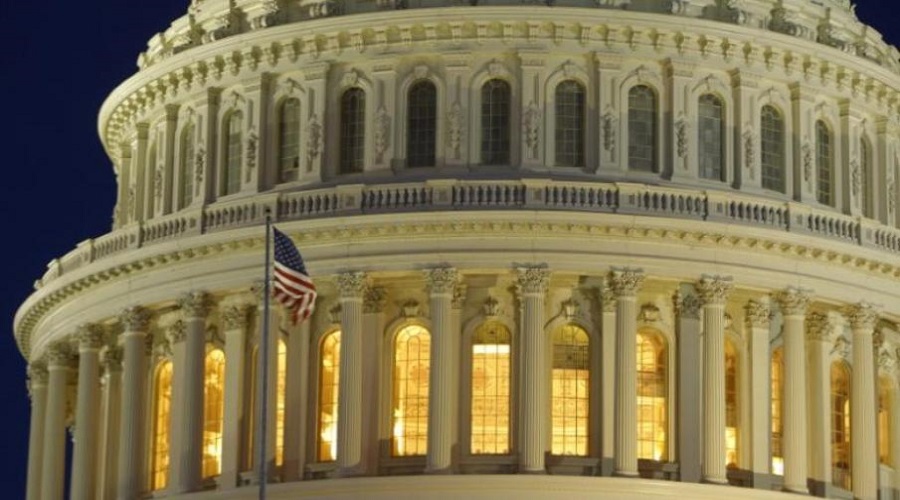New Approach Calculates Benefits Of Building Hazard-Resistant Structures
Researchers at the MIT Concrete Sustainability Hub are developing new methods to calculate the benefits of investing in more hazard-resistant structures. CLICK ON THE HEADLINE FOR MORE




